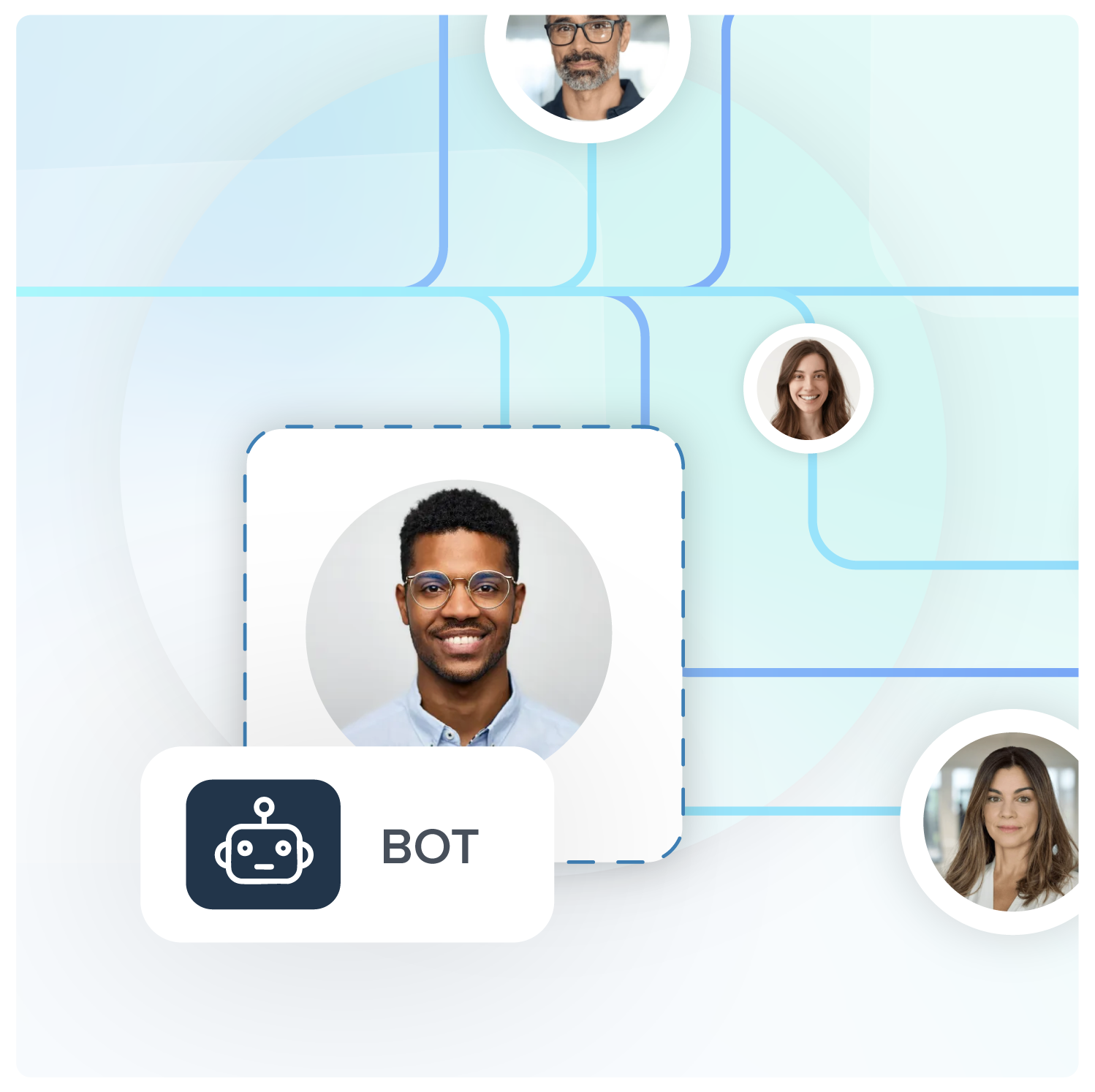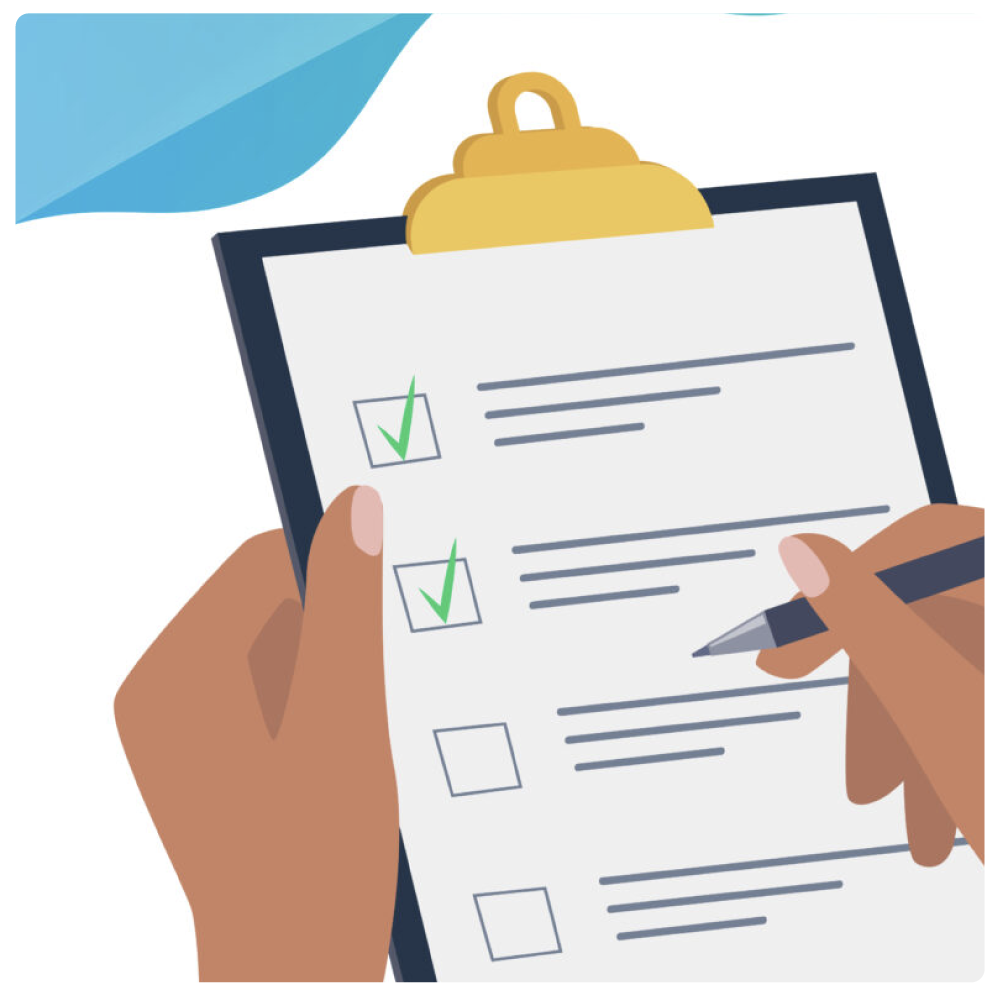Welcome to Lead Generation 101!

As the first post in our Lead Generation 101 series, this post will give you an overview of the lead acquisition process and the roles involved. We dive into more detail about each role in the rest of the series.
In order to understand the lead acquisition process, we need to start with the definition of a lead. So, what is a lead?
A lead is a consumer who has expressed interest in buying a product or service.
At a high level, this means that the lead acquisition process is the act of converting the consumer’s interest into lead data (name, address, email, etc.) which is then sold by a lead seller and bought by a lead buyer.
You may be asking yourself why companies need to buy leads. Don’t they already get customers through their own marketing and advertising?
Yes and no.
While most companies do get leads from their own efforts, direct marketing can be expensive. By buying additional leads from other companies whose business it is to generate and sell leads, lead buyers can lower customer acquisition costs and increase their reach to more consumers, thereby increasing their own sales.
It’s hardly surprising that an entire industry has grown out of this need to acquire more leads. Known as lead acquisition, lead generation (lead gen), or lead buying and selling, this process is all about the lead data transactions between lead sellers, lead buyers, and consumers.
While in real life there are multiple scenarios and multiple players, this article will simplify the process to better explain how the relationships between all of those parties work.
An Example Lead Acquisition Scenario
The three parties involved in a classic lead acquisition scenario are the lead buyer, the consumer, and the publisher and/or lead seller.
Let’s introduce those three parties as our cast of characters for this particular lead acquisition story and identify their needs:
- Tracey needs to acquire more customers for her bank. She’s our Lead Buyer.
- Carley needs an auto loan to buy a new car. She’s our Consumer.
- Marco needs to sell leads he’s already generated. He’s our Publisher/Lead Seller.
Based on those individual needs, we can now see how the three roles interact to achieve their goals.
Tracey isn’t getting enough new customers for her bank through their own efforts, so she contacts Marco to buy more leads from him. She is especially interested in leads who indicate an intent in the near future to apply for an auto loan, which her bank provides as a service. Tracey knows that consumers who sign up for loan accounts are more likely later to sign up for additional services, like checking and savings accounts.
Carley needs a new car but doesn’t have enough money to buy one outright. That means she needs an auto loan to cover the purchase cost. She starts researching online for auto loans with the best interest rates, and she finds a site called www.bestcarloans.com that takes her contact information and forwards it to loan lenders.
Marco has recently published a website called www.bestcarloans.com that gathers consumers’ information. Carley’s information is included in the leads pulled from his site which means that when Marco sells these leads to Tracey, she receives Carley as a lead.
Tracey forwards the leads to her sales department, who call Carley to discuss the bank’s auto loans. Carley applies and is accepted, and soon she’s on her way to an auto dealership with her auto loan documents in hand.
Marco made money by selling a lead to Tracey, Tracey got a lead that increased her customer base, and Carley bought a new car.
Everyone wins!
Lead Acquisition with ActiveProspect
Now, let’s go back and replay that entire scenario, but with ActiveProspect inserted into the process.
Tracey needs more customers for her bank, so she contacts Marco to buy more leads from him. She is especially interested in leads who indicate an intent in the near future to apply for an auto loan AND who have consented to be contacted. Tracey knows that consumers who have given consent are more likely to become customers… and less likely to be upset when called. She tells Marco she only wants leads who have TrustedForm certificates proving consent.
Carley needs a new car and an auto loan to cover the purchase cost. She starts researching online for auto loans and finds a site called www.bestcarloans.com. While she’s willing to provide her information to be contacted by loan providers, she doesn’t want to be bombarded by scammers and hackers. Carley notices a TrustedForm seal on the site and is filled with a sense of relief, knowing that means this is a legitimate publisher.
Marco has recently published a website called www.bestcarloans.com that has the TrustedForm script installed to record a video replay of the consumer entering their information and giving consent to be contacted. Carley’s information is included in the leads pulled from his site, along with a TrustedForm certificate confirming she gave consent. Marco then submits his leads to Tracey’s LeadConduit system.
Using the flows and steps that Tracey has implemented, LeadConduit scans all of the leads and rejects those that have bad data (i.e., incorrect email or bad phone number), are on the national Do Not Call (DNC) list, do not have TrustedForm certificates, are known litigators, etc. Tracey also has SuppressionList to compare the submitted leads to the bank’s existing customer base, so that they don’t incorrectly contact a consumer who is already a customer. After this filtering and processing, LeadConduit has a list of leads that qualify based on Tracey’s criteria.
When Tracey buys these leads from Marco, she receives Carley as a lead and her corresponding TrustedForm certificate.
Tracey forwards the qualified leads to her sales department, and in no time Carley is trading loan paperwork for keys to her new car.
Marco made money by selling a certified lead to Tracey, Tracey obtained a qualified lead (and certificate!) that increased her customer base, and Carley avoided spammers and bought a new car.
Everyone wins… especially with ActiveProspect!





